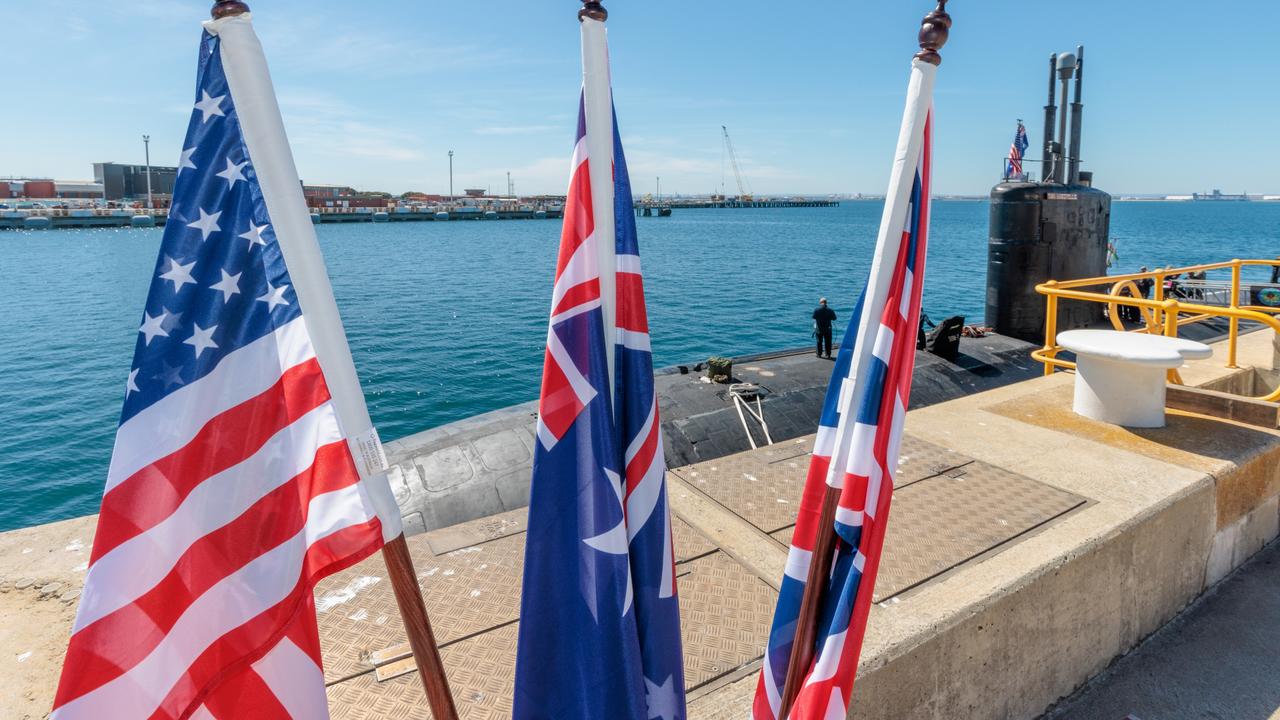Almost 200 unexploded World War II bombs found underneath children’s playground
Parents have been left horrified after discovering something very sinister underneath their local children’s playground.

Innovation
Don't miss out on the headlines from Innovation. Followed categories will be added to My News.
Scores of unexploded bombs dating from World War II have been discovered underneath a children’s playground in northern England.
A total of 176 bombs were recovered at Scotts Play Park in Wooler, Northumberland, and it is feared even more might soon be unearthed.
The first of the devices, which still contain a charge, were found in January and was followed by much larger finds in the following weeks.
It is believed the area was used as a Home Guard training ground and the ordnance was buried at the end of Second World War in 1945.
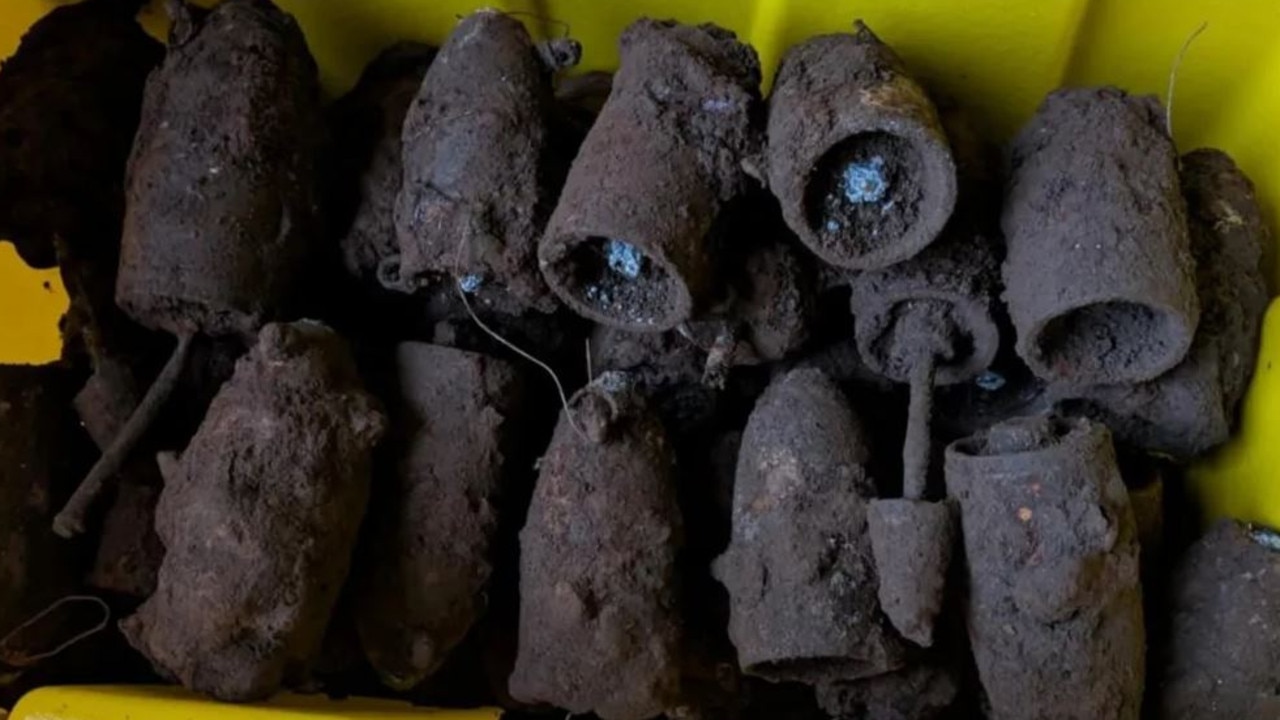
Two of the bombs were initially removed by the British Arm and the local parish council was then advised that a full survey of the area was required.
“I never thought as a parish councillor I’d be dealing with bomb disposal,” Conservative councillor Mark Mather said, as reported by the BBC.
“It’s quite something to think the children have been playing on bombs and it’s been a really challenging situation.
“We’ve only cleared about a third of all the park and we could still find another pit with more bombs in.”
Back in December, the Wooler Parish Council secured a grant to build a £150,000 (AUD$296,000) fully inclusive playground to be added to the existing area – but then on January 14 staff found the first bombs while digging foundations.
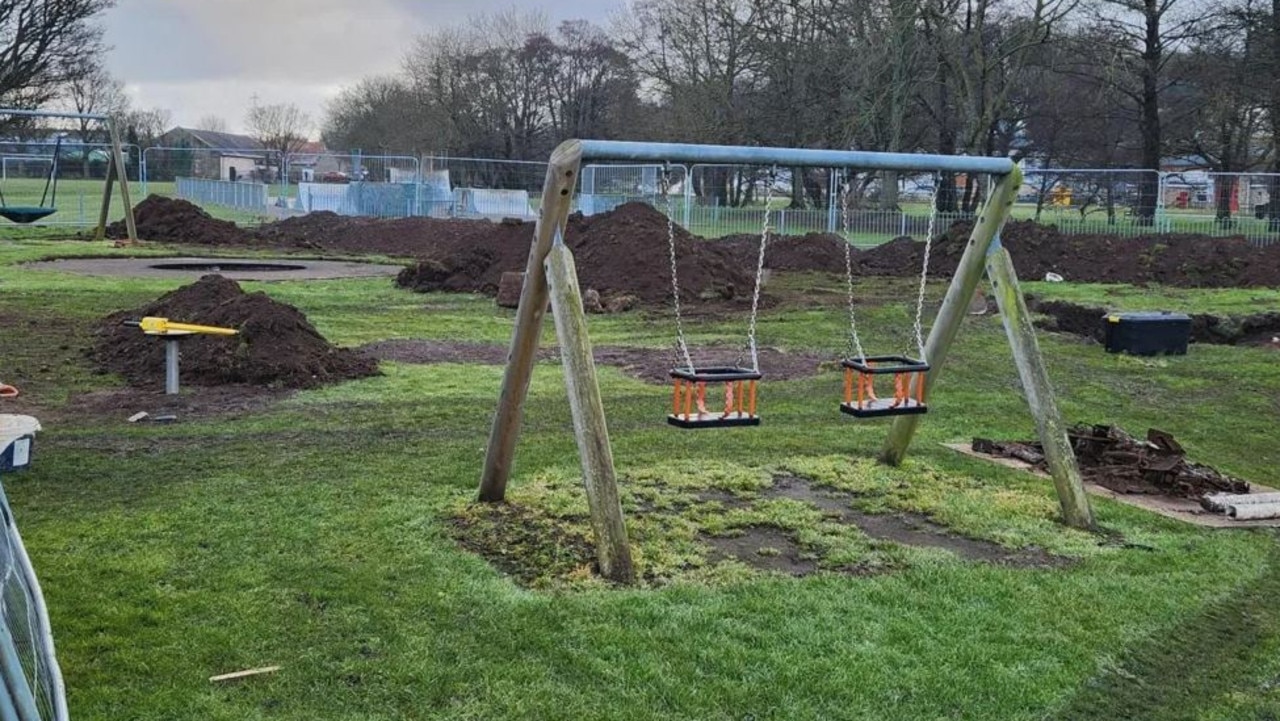
Experts from the local Barracks confirmed the first device was a training bomb and the UK’s Ministry of Defence said a full site survey was needed.
After specialist contractors Brimestone Site Investigations were appointed, they immediately found a further 65 bombs, each weighing around 4.5kgs. Another 90 bombs were discovered the next day.
“They are called practice bombs so they’re not live,” Mather said.
“But they do still carry a charge and were found with the fuse and contents intact so they could be hazardous.
“The story we’re getting from locals is that Wooler was a centre for Home Guard training and officers came here from all over the country.
“After the war it looked like they just buried all the ordnance in one of the pits.”
In November 2023, a local range was left in a state of shock after discovering three “highly dangerous” unexploded WWII bombs in far north Queensland.
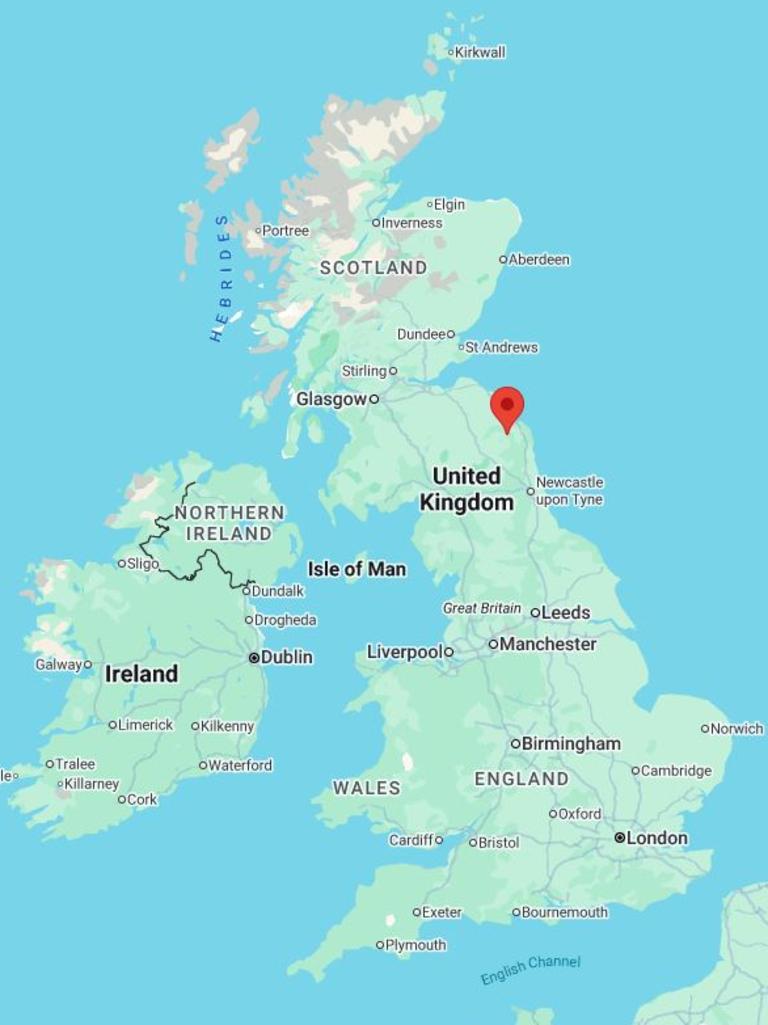
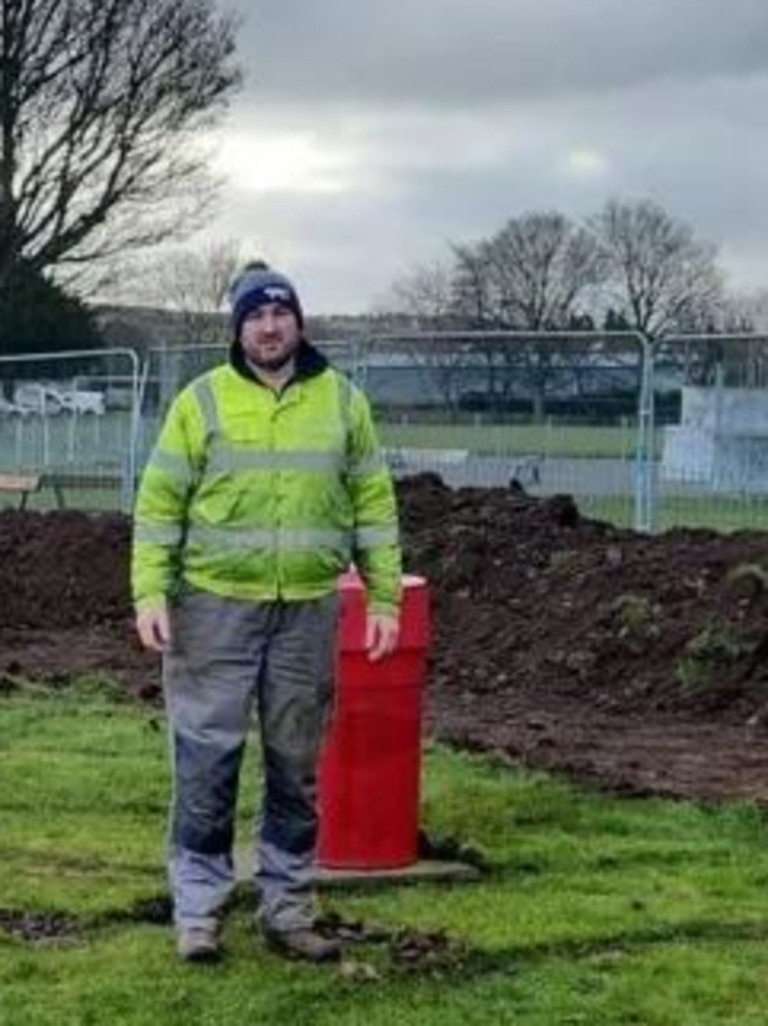
Queensland Parks and Wildlife Service (QPWS) ranger Ben Finnerty said the three 11kg unexploded ordnance (UXO) were found in a remote part of the Bilwon State Forest, near Cairns.
Rangers made the discovery while patrolling land made accessible from new fire breaks.
“Rangers immediately contacted the Queensland Police Service (QPS), then the Australian Defence Force (ADF) for advice,” Mr Finnerty said.
Mr Finnerty said the bombs were likely linked to the Mareeba Airfield, built in 1942 as a base for Australian and US air forces in WWII.
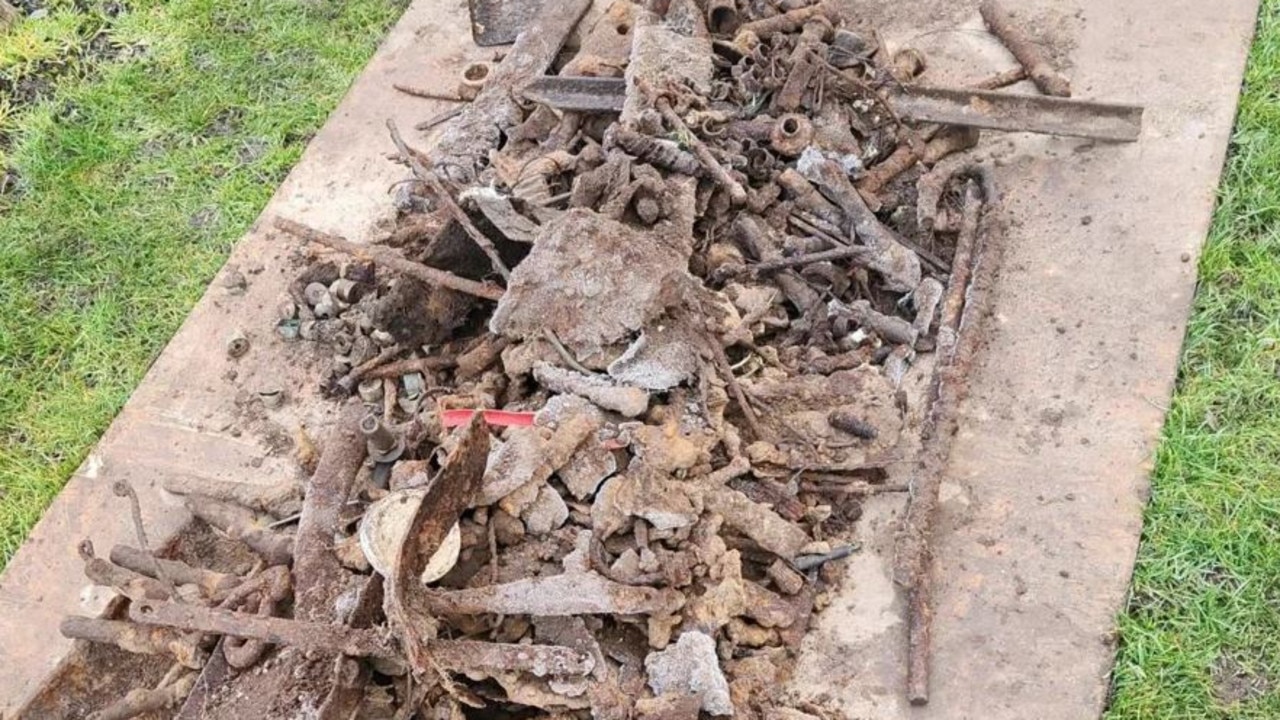
“After the war, the southern runway remained active, and the northern section of the airfield was used for agriculture,” he said.
“We believe the UXOs were either used for wartime drills or accidentally discarded in the bushland.”
Two ADF members travelled from Townsville to assess the bombs and make the site safe for the public. All three were destroyed in controlled explosions.
“According to the Defence Force members, old UXOs become more unpredictable and prone to explosions if they are moved or tampered with,” Mr Finnerty said.
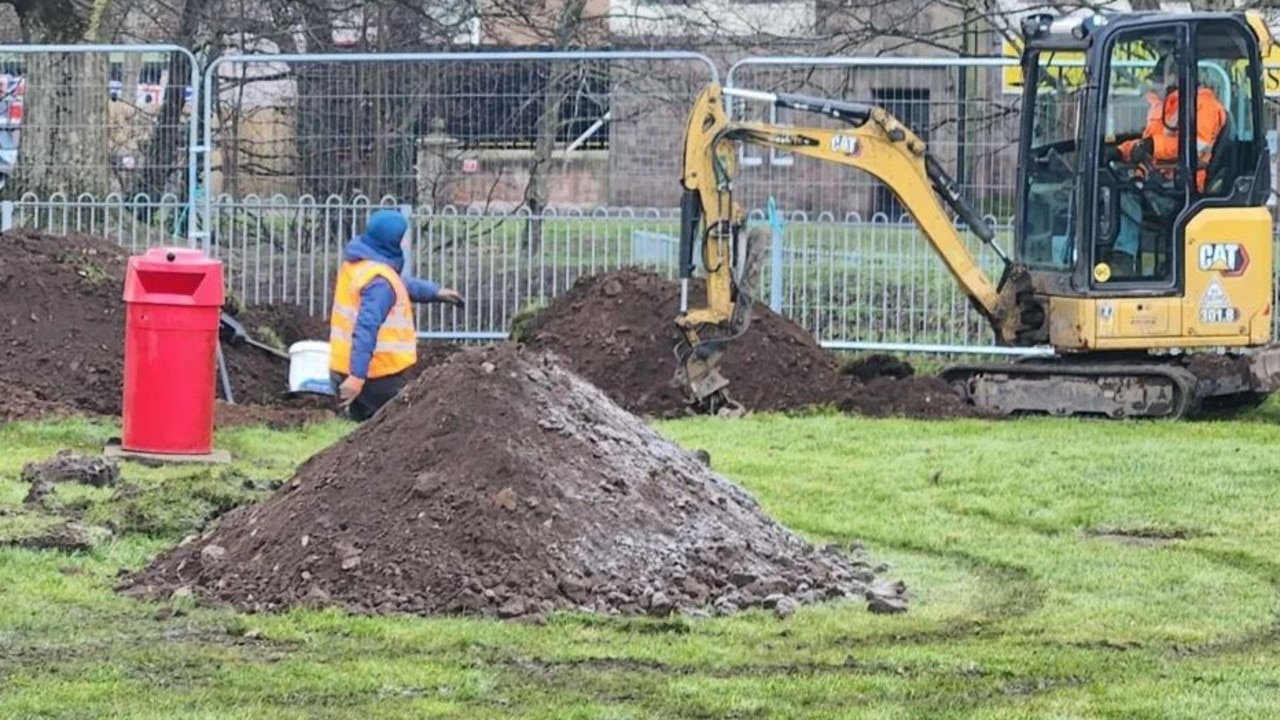
“Even though these objects have been sitting on the ground for around 80 years they are still highly dangerous and ready to explode.”
The bombs are the first UXOs that QPWS rangers have found in the region since 2014 and 2016.
The ADF runs the country’s National Unexploded Ordnance Program (NUXOP) to handle strategic management of unexploded bombs like these.
It urges the public to immediately ring triple-0 and not touch the device if one is discovered.
In 2018 a NSW man was injured after picking up old artillery shells while fossicking on Birubi Beach, suffering non-life threatening shrapnel injuries when they exploded at his house
Originally published as Almost 200 unexploded World War II bombs found underneath children’s playground






